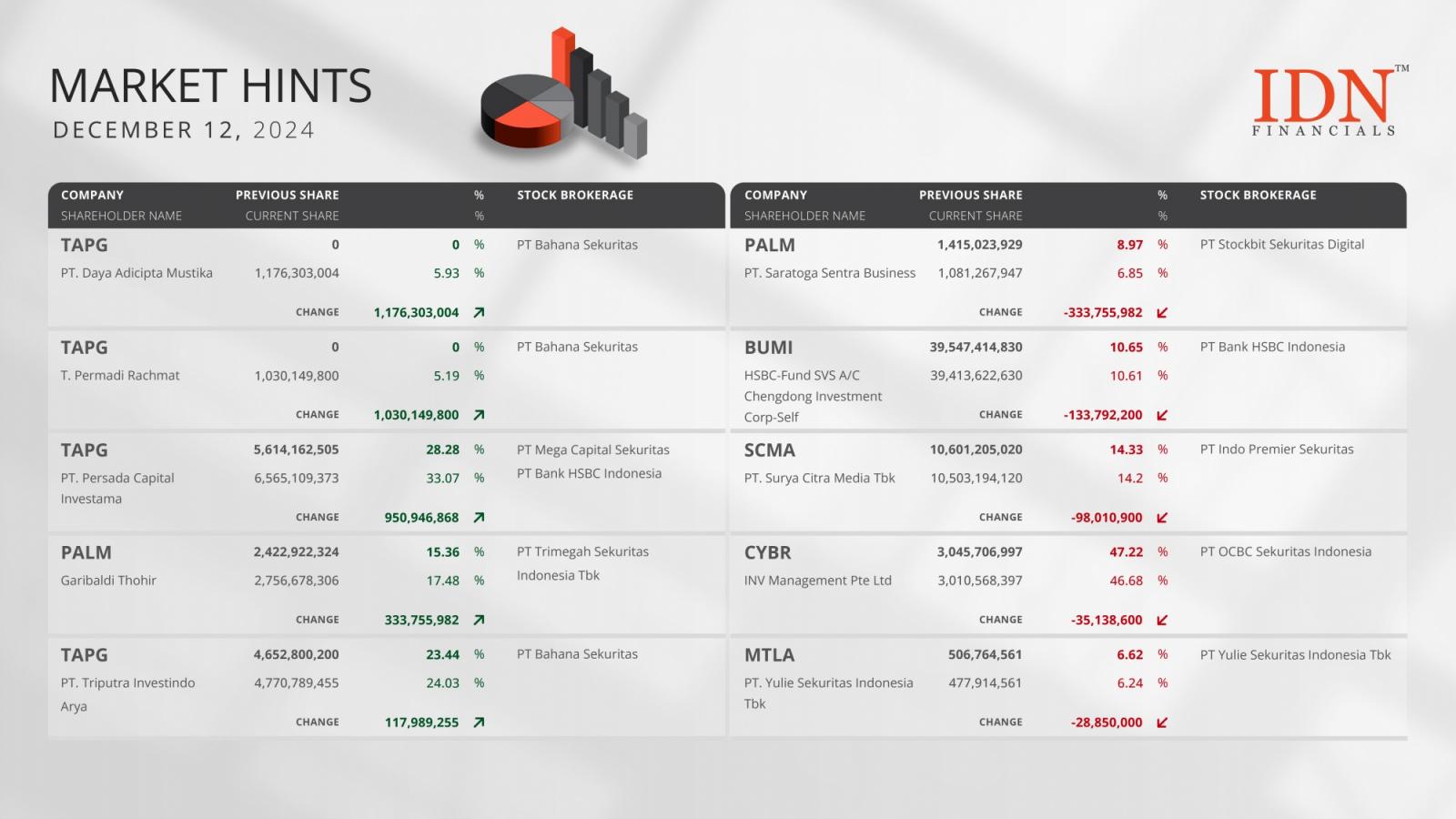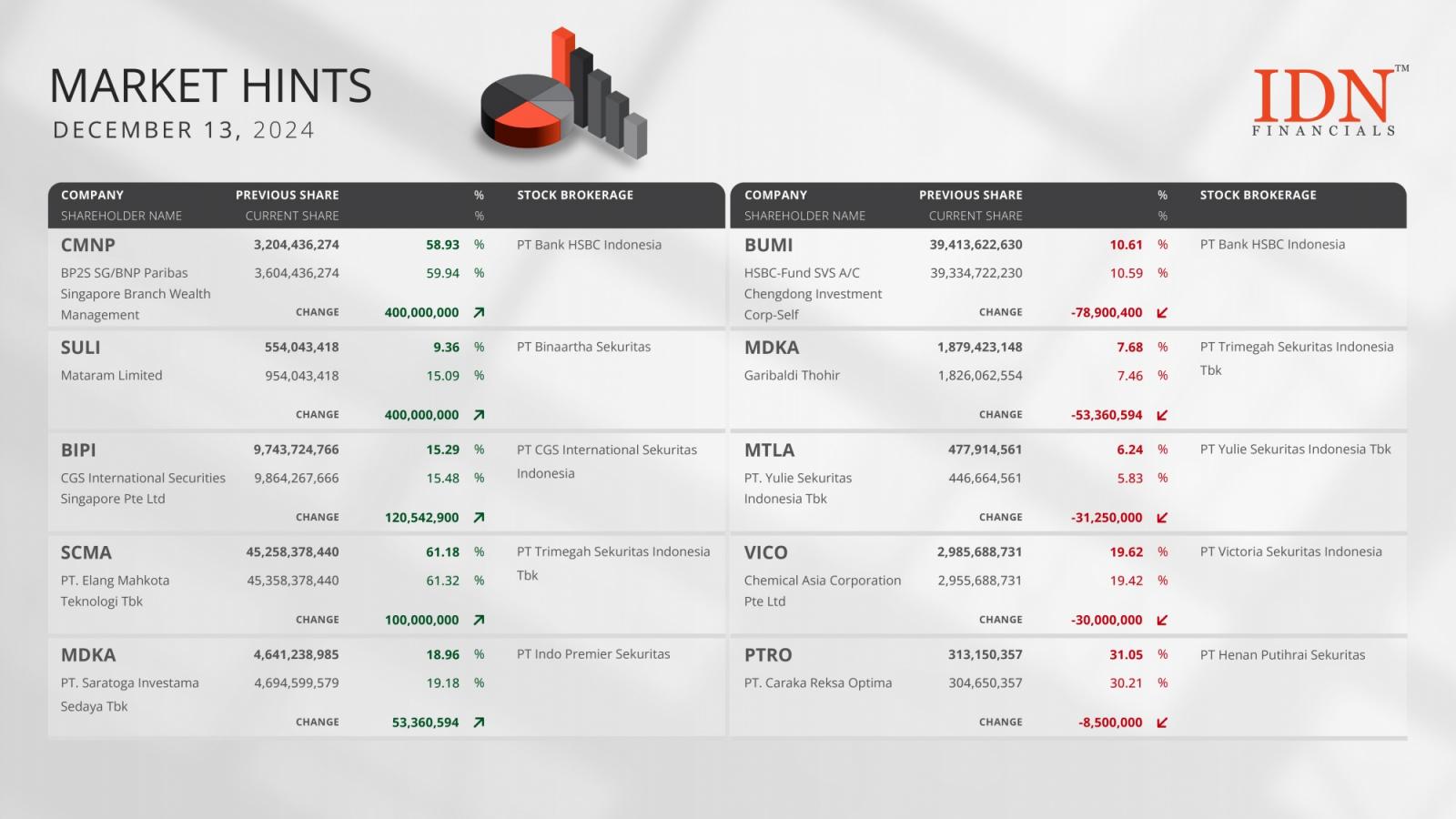Inflation is a hidden tax on the common people and is something you need to understand and be positioned accordingly as both an investor/citizen moving into the near future.Imagine the value of your life’s work cutting in half every 15 hours,at no fault of your own,this is what happened during the worst case of hyperinflation ever in Hungary,1946.
Given the unprecedented levels of money printed that have occurred in the United States since March of last year,why haven’t we experienced a dramatic rise in the prices of every-day goods/services around us?How is Bitcoin the solution to this problem?What factors could accelerate this process?
This article will answer these questions in vernacular that is easy to digest.
What is Hyperinflation?
In layman’s terms,inflation can be defined as a greater amount of money for the same number of goods/services.
However,hyperinflation can be defined as inflation occurring at a rate greater than 50%a month.
This means that by holding your wealth in a hyperinflating currency,the number of goods/services you are able to buy at the end of every month cuts in half.The only way to maintain purchasing power in this environment would be to own a scarce asset that is appreciating relative to that currency.
As history has shown,this phenomenon is crippling to a nation’s economy,as many participants are able to buy fewer goods/services thus shrinking economic output.
This shrinking in output causes businesses to cut back costs and ultimately a decrease in employment levels.A decrease in jobs leaves a surplus of demand for the available supply of jobs,meaning wages are bid down to the lowest taker and many are left out of work.
This is contrary to the current environment of growth we’ve become accustomed to,where growth funded by debt leads to increasingly more jobs.This increase leads to a surplus of jobs for the number of skilled laborers seeking them,thus causing wages to rise over time.
We have established how hyperinflation would be detrimental to you,but why haven’t we experienced it yet since March 2020 after historic levels of money supply expansion through Quantitative Easing/liquidity inserted into the fixed-income market?
To understand this,we must understand how we got to this point.
Monetary policy backdrop
Following the 2008 debt crisis that brought the global economy to the verge of a deflationary depression,liquidity was inserted into the system to offset the destruction of value caused by the crises.
Since then,this liquidity insertion,mainly taking place through Quantitative Easing,has been the main tool used to keep the economy afloat,along with the lowering of interest rates.By inserting liquidity through the bond-market,the Fed is able to artificially inflate asset prices and other nominally measured values,given the illusion of real growth.By lowering interest rates,the Fed essentially gives businesses a larger profit margin,which appears as economic growth,but in reality,is just the decrease of interest rates.
These two“tools”(Q/E,Interest rate lowering)have been used alongside each other to artificially stimulate economic growth.
That was until after the March 2020 liquidity event that forced the Fed to lower rates drastically,coming close to 0%,thus leaving them no wiggle room to use interest rate lowering as an effective method of stimulation moving forward.
With businesses having to shut down due to the pandemic,revenues were unexpectedly dropped to historically low levels for many industries.
This loss of revenues made it nearly impossible for some businesses to pay off their debts,especially given how little savings many businesses are incentivized to have.Rather,these businesses are incentivized(via inflationary monetary policy)to continually reinvest revenues into further growth,instead of saving,which would lose spending power sitting idle.






